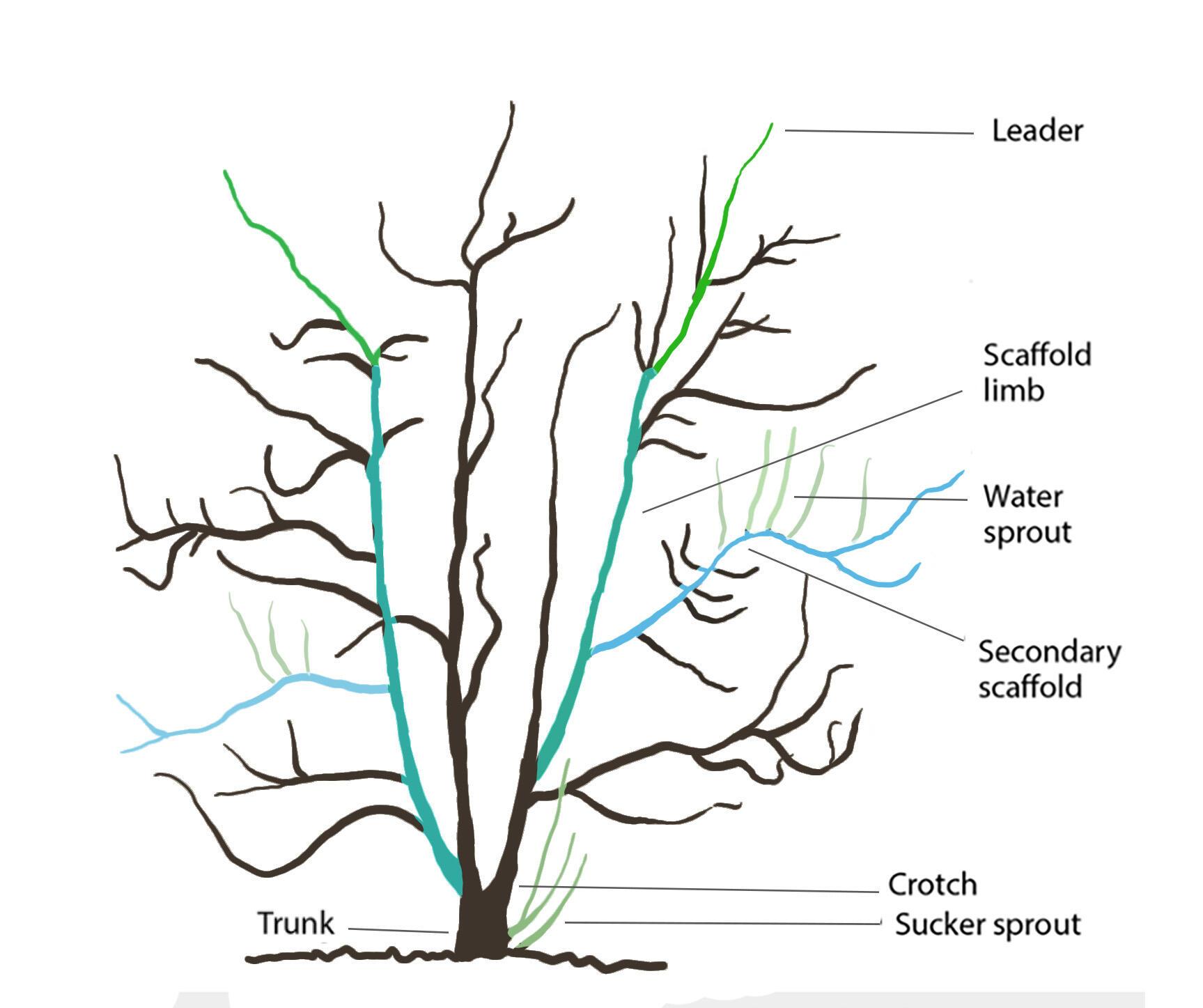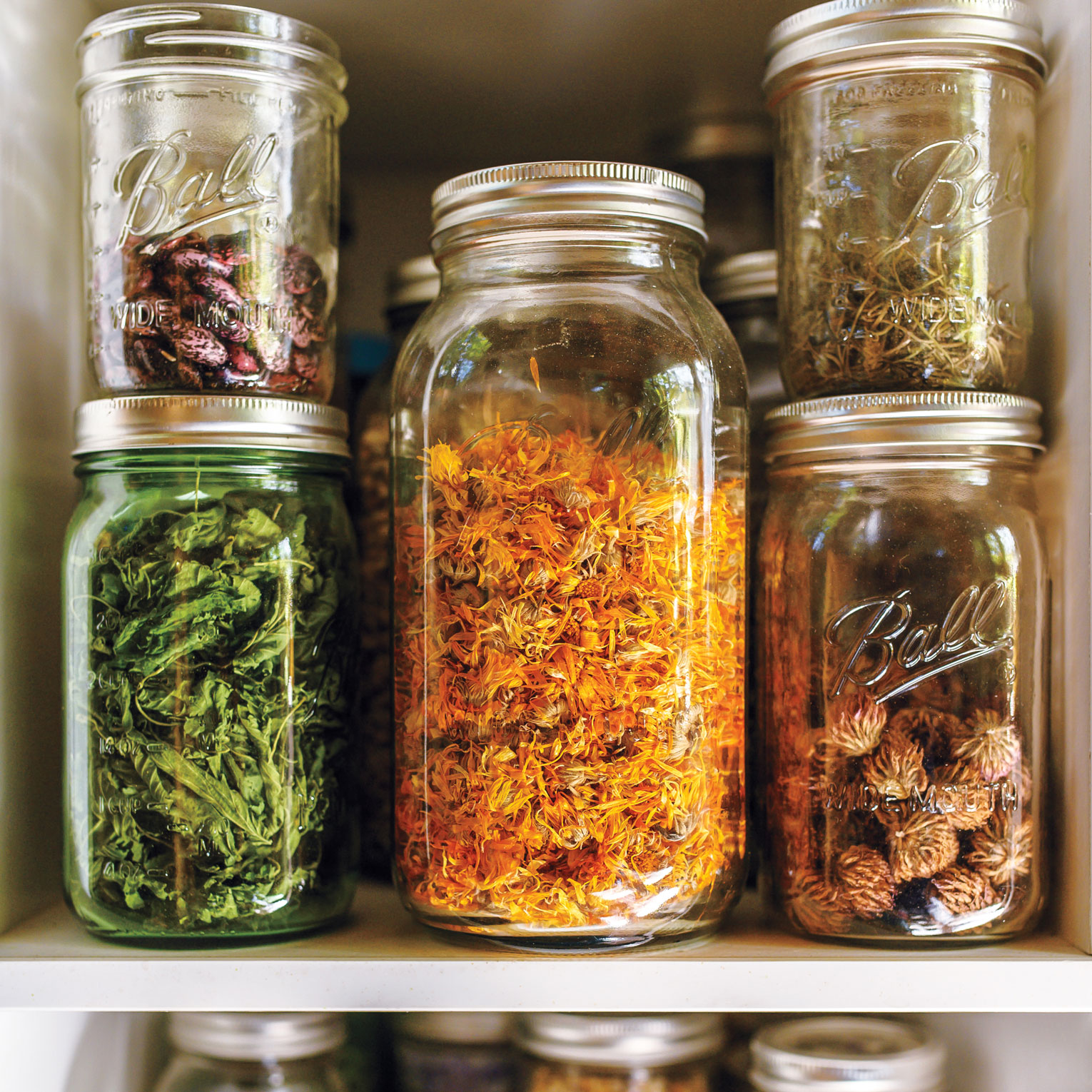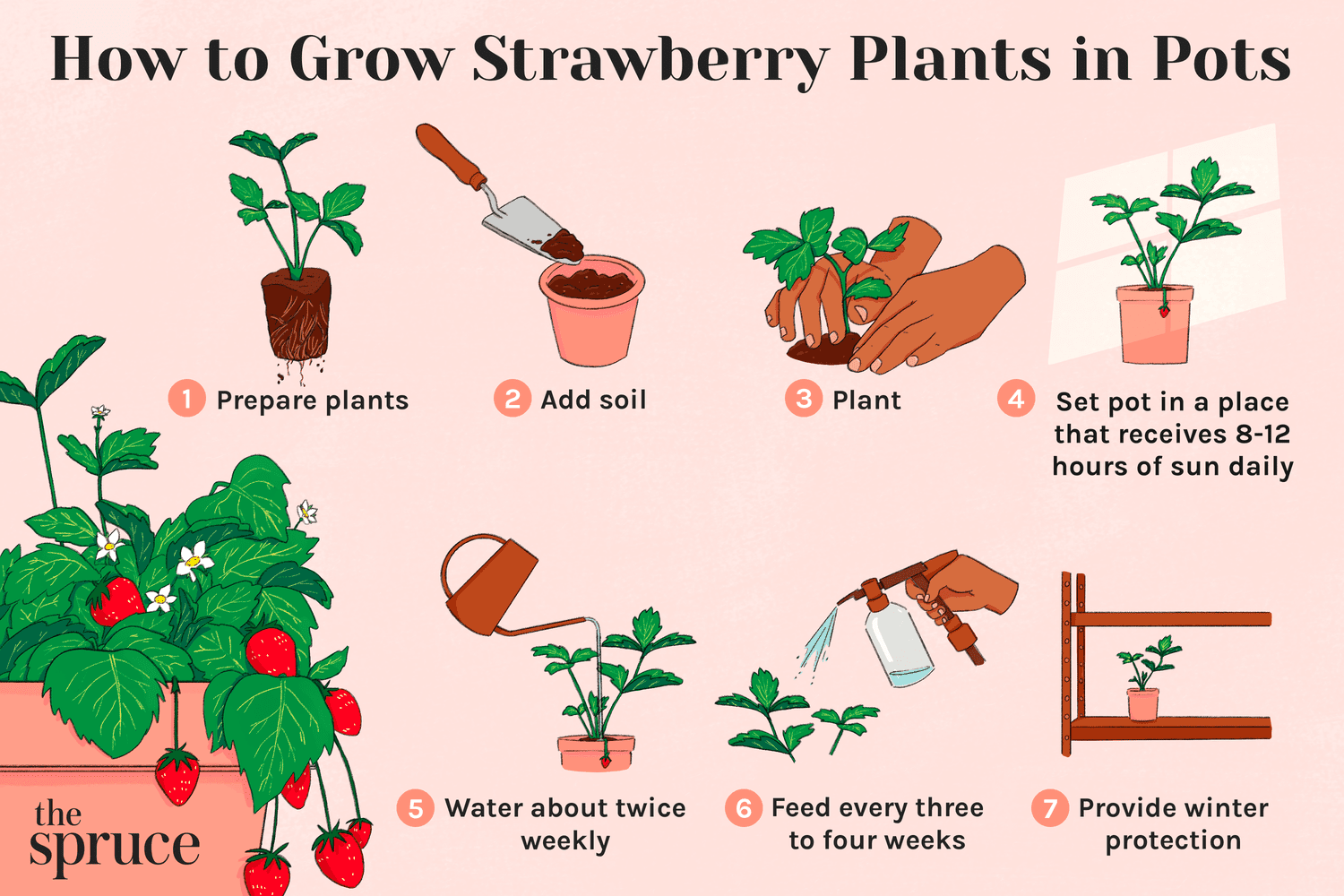How to Grow Blueberries in Containers
Blueberries are not only delicious but also packed with health benefits. They are high in antioxidants, vitamins, and minerals. If you do not have a large garden or yard, don’t worry! You can still grow blueberries in containers. Here are some tips on how to grow your own blueberries in containers.
1. Choose the Right Variety of Blueberries
When growing blueberries in containers, it’s essential to choose the right variety. There are many different types of blueberries, such as highbush, rabbiteye, and lowbush. Highbush blueberries are a popular choice for container gardening as they are more compact and produce larger berries. Make sure to select a variety that is suitable for your climate and container size.
2. Select the Right Container
Blueberries have shallow roots, so it’s essential to choose a container that is at least 18 inches deep. The container should also have good drainage holes to prevent waterlogging, as blueberries prefer well-drained soil. You can use plastic, ceramic, or terracotta containers for growing blueberries.
3. Use the Right Soil–>
Blueberries thrive in acidic soil with a pH of 4.5 to 5.5. You can use a mix of peat moss, pine bark, and perlite to create the perfect growing medium for your blueberries. Avoid using regular garden soil, as it may not be acidic enough for blueberries. Make sure to add some slow-release fertilizer to provide nutrients to your blueberries.
4. Provide Adequate Sunlight and Water
Blueberries require full sun to produce healthy fruits. Place your containers in a sunny spot where they can receive at least 6-8 hours of sunlight per day. Water your blueberries regularly, keeping the soil moist but not waterlogged. During hot summer days, you may need to water your blueberries more frequently to prevent them from drying out.
5. Prune and Fertilize Your Blueberries
Pruning your blueberries annually will help promote new growth and increase fruit production. Remove any dead or diseased branches to keep your blueberries healthy. You can also fertilize your blueberries with a balanced fertilizer in the spring and summer months to provide essential nutrients for growth and fruit development.
6. Protect Your Blueberries from Pests
Keep an eye out for common pests such as birds, aphids, and spider mites that may damage your blueberry plants. You can use bird netting to protect your blueberries from birds and insecticidal soap to control aphids and spider mites. Make sure to inspect your blueberry plants regularly for any signs of pest infestation.
7. Harvest Your Blueberries
Once your blueberries start ripening, harvest them by gently twisting the berries off the stem. Blueberries are best when eaten fresh but can also be frozen for later use. Enjoy the fruits of your labor by adding fresh blueberries to your breakfast cereal, smoothies, or baked goods.
8. Conclusion
Growing blueberries in containers is a rewarding experience that allows you to enjoy fresh, homegrown fruits even in small spaces. By following these tips on selecting the right variety, container, soil, sunlight, water, pruning, fertilizing, pest control, and harvesting, you can successfully grow your own blueberries in containers. Get started today and savor the sweet taste of freshly picked blueberries!



